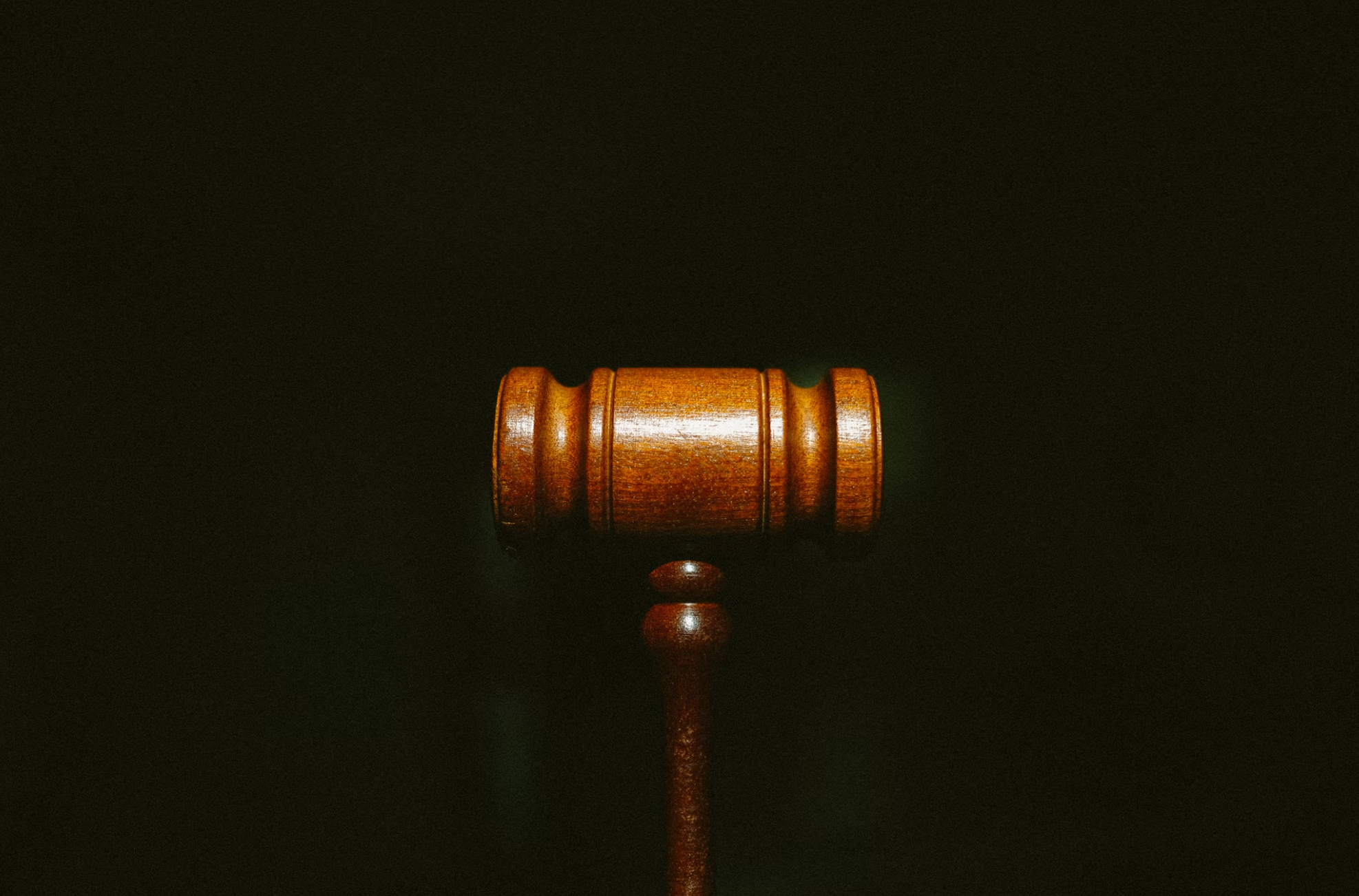 Jun 24th, 2022
Jun 24th, 2022Protecting the Intellectual Property of School Districts
When you think of a school district’s “property,” you may first think of the tangible buildings, grounds, and equipment owned by the district. However, the school district also maintains the intangible right to its “intellectual property.” A district’s intellectual property may include trademark rights in any number of marks related to the district, including the name of the district and its schools, or the district’s seal, logo, mascot or motto. While New York State provides common law protection prohibiting the infringement of such marks by third parties, it is important to consider the value of these trademarks and whether additional protections—such as formal trademark registration—may be warranted.
Individuals can infringe upon the district’s trademarks by, among other methods, commercially displaying a district’s logo, name, or mascot, or printing the same on apparel, drinkware and other commercial goods for sale. Beyond the financial considerations of infringement, as municipal corporations, districts must avoid the appearance that they are endorsing certain products or services.
While the immediate damage from these infringements is concerning on its own, in the long-term, such misuse can permanently affect districts’ ability to control their intellectual property.A trademark can lose its legal protections through “dilution,” “genericization,” or “indiscriminate licensing.”In short, the law requires owners of a trademark to take certain steps to exercise control and supervision over the use of their intellectual property, otherwise they may be prevented in the future from challenging the use of the mark and any business that the user has developed during the period of unsupervised use. Districts can mitigate this risk by obtaining formal trademark protection for certain valuable marks, developing policies governing the use of district marks, and by requiring a licensing agreement with third parties who wish to use the district’s mark.
School districts have the option to file a trademark application with the New York State Department of State or with the Federal Patent and Trademark Office for such protections, and each option has its own process and protections. Obtaining a formal trademark on its intellectual property gives the school district a stronger legal claim against potentially infringing parties, allowing the district to bring a lawsuit seeking to immediately stop the infringing acts, to require that any infringing items be destroyed, and to require the entity to pay the district any profits derived from the sale of goods infringing upon the district’s registered trademarks as well as any damages suffered by the District as a result of the manufacture of such goods.
Intellectual property concerns extend into the digital realm as well. The digital world and intellectual property law have struggled to coexist since the inception of the internet. The free flow of information and content often presents opportunities for violations of intellectual property rights. With the added factor of anonymity, maintaining intellectual property rights can seem nearly impossible. For example, imposter social media accounts can pose as the District explicitly or implicitly by simply displaying the name and logo of the District. This misuse can lead to confusion in the community, especially at a time when District communications must be consistent and accurate.
While public outcry against social media companies has led to limited privacy reforms, there is no perfect method to prevent intellectual property misuse online. Nevertheless, industry-leading companies like Facebook have a vested interest in protecting the intellectual property of its users to mitigate growing distrust from widely publicized privacy violations. Therefore, when notified of intellectual property infringement online, the first step a district should take is to reach out directly to the service providers to address these issues. While the district may be unable to identify an anonymous individual behind a social media page, if the service provider finds infringement has occurred then page will be instructed to remove the violative materials or be suspended. Due to the size of these companies, responses are unlikely to occur quickly especially considering the issues of harassment and threats of violence occurring on social media. Nonetheless, the effort is worthwhile for the reasons discussed above.
If you have any questions regarding the District’s options for trademark protections, or legal remedies regarding the same, please do not hesitate to contact me by the phone or email listed below.



